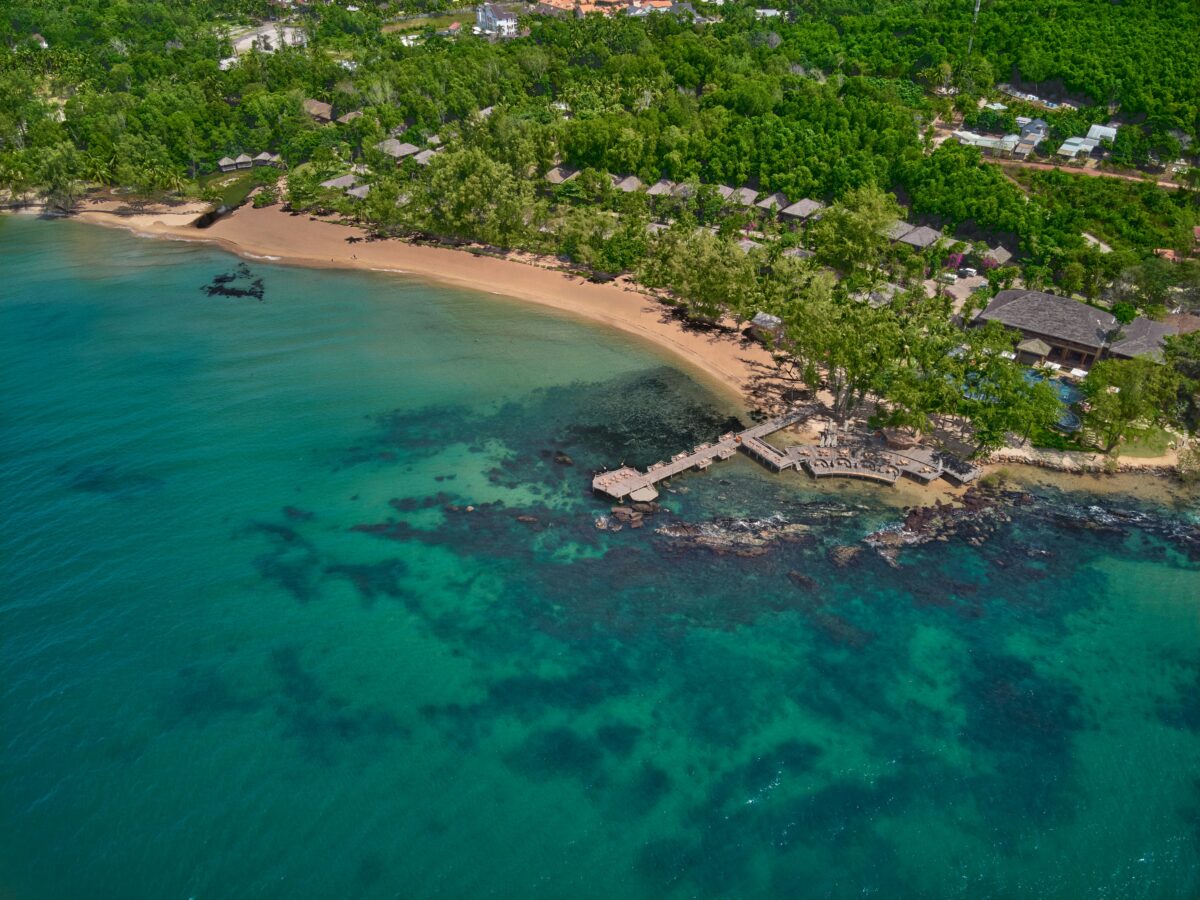Knight Frank points to bifurcation of hospitality sector in Vietnam

With just under 20 million four- and five-star room nights available in Vietnamese hotels each year, leading property consulting firm Knight Frank has called upon developers to put a hiatus on new projects in many coastal areas until such time as tourism visitation is able to fill current available inventories. Meanwhile, the company says there is robust performance in prime city hotels & high-end resorts showing two different paths for hospitality assets in the country.
“Before Covid, international visitation was around 18 million visitors per year,” explained the company’s Director of Capital Markets, Mr. Ben Gray. “In 2023 we received 12.6 million – largely off the back of a buoyant Q4, which continued into a solid Q1 of this year, where we saw 4.6 million people visit our shores.[i]”
“At a high level, if we are to assume 30% of these arrivals were to consider staying in high-end properties and that they travel in pairs with a typical twin-share vacation, for seven nights – which VNAT said was the average stay in commercial accommodation before the pandemic – then Vietnam is really only able to fill about a third of its current 4-5 star room-stock.[ii]”
He acknowledges that local visitation remains a bright-spot – and the five-day extended break at the beginning of May saw 8 million local tourists see the sights of their homeland,[iii] however even this is under threat with airlines offering compelling pricing and packages to other countries within the region, while local airfares continue to climb.
Gray’s concerns echo similar feedback from tourism authorities in places like Khanh Hoa, with appeals to build new attractions rather than more hotels for Nha Trang and its surrounds.[iv] This coincides along with low occupancies reported in destinations including Phu Quoc, and controversial and widely publicized over-development of various tourist hot spots, including Ha Long Bay.
“These are areas where development has run rampant, and yet the development of tourism infrastructure and the product itself has not seen demand keep pace with inventory growth – and particularly with the delayed return of visitors from key source markets including China and Russia,” Gray continued.
He further notes that investor sentiment into Vietnamese hospitality is challenging, with international investors seeing regional competitors including Thailand, Indonesia, Philippines and Malaysia as offering better value for money on their investments into travel and tourism than Vietnam.
“Prime assets remain prime assets however,” he noted. “Internationally branded, well operated CBD hotels in Ho Chi Minh or Hanoi continue to attract the attention of investors from around the world, and these command a premium which is backed by performance.”
“Similarly, well located boutique properties are attracting the interest of international investors, who see the properties as appropriately priced. These are often able to command premium rates all year round from visitors and operate at a lower cost base than larger developments, providing a compelling business opportunity.”
He goes on to highlight other areas where resort strips have emerged, but little accompanying infrastructure or tourism activities have been developed to offer visitors attractive activity options outside the resort’s grounds.
“Much
can be done to improve Vietnam’s appeal to international visitors around the
development of Vietnam as a product, the improvement of its landscapes and
environment, and the red tape surrounding everything from investments to visa
processing,” Gray stated. “These issues need to be addressed to continue
Vietnam’s rise as a travel destination and should be prioritized over the
development of further hotels and resorts.”
Gray
believes that encouraging signs exist in the opening of properties such as the
recently opened Hilton and forthcoming Nobu Hospitality properties in central
Ho Chi Minh City. In addition, the highest quality coastal resorts which offer
genuine, global standard services have seen very positive levels of income with
average daily room rates above pre-covid levels.
[i] https://vietnamtourism.gov.vn/en/statistic/international
[ii] https://images.vietnamtourism.gov.vn/vn/dmdocuments/2020/E-BCTNDLVN_2019.pdf
[iii] https://vietnamnews.vn/society/1654918/eight-million-tourists-recorded-during-five-day-holiday-up-18-year-on-year.html
[iv] https://vietnamnet.vn/en/oversupply-of-hotels-and-resorts-persists-on-the-coast-2068491.html

 Xem Tiếng Việt
Xem Tiếng Việt 

